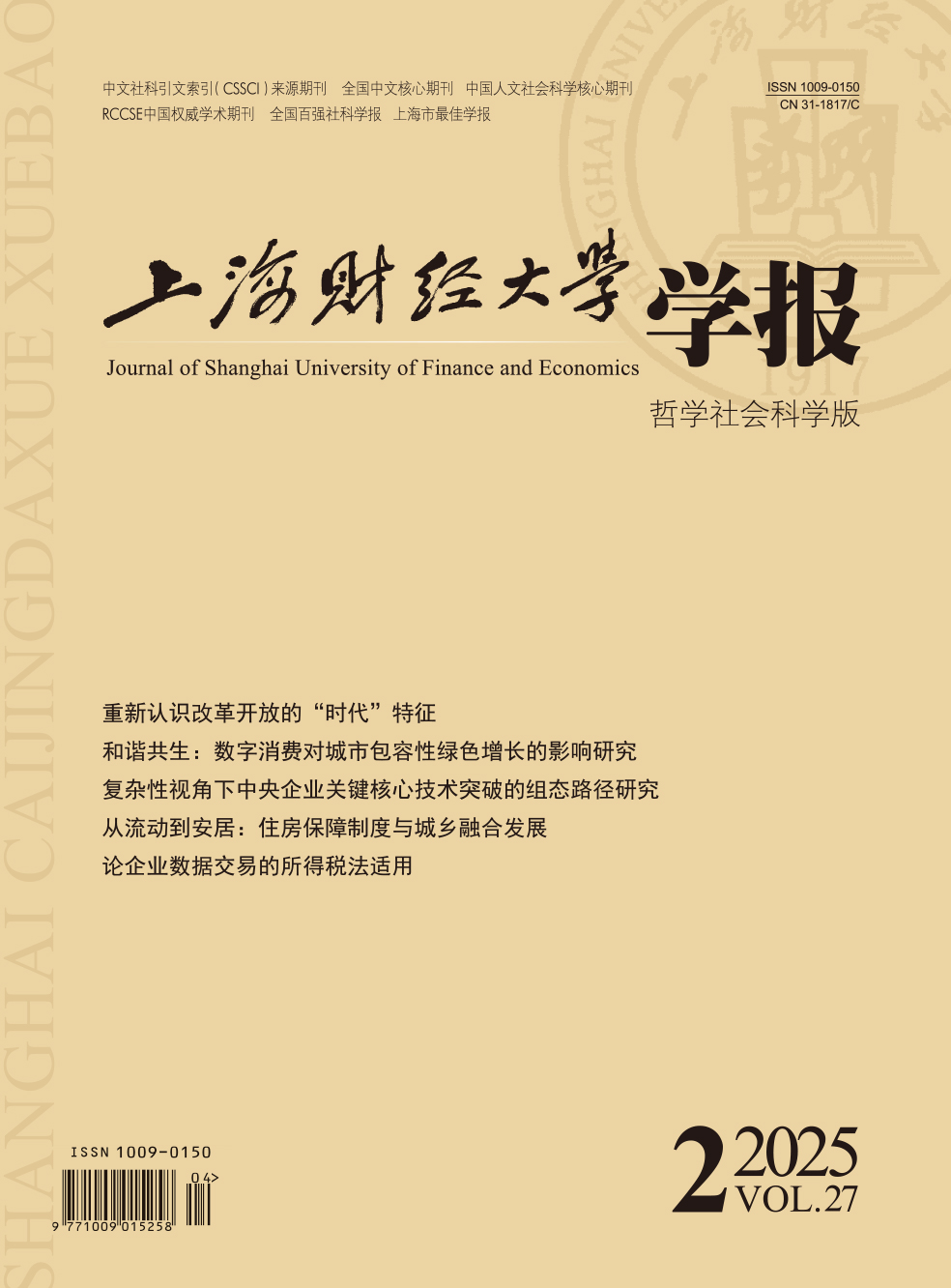Fiscal transparency is not only the foundation of the establishment of modern budget system, but also an important way to realize the modernization of national governance system and governance capability. In order to further understand the status of provincial fiscal information disclosure in our country at present, we evaluate the provincial fiscal transparency in 2017 in China in three aspects of overall level, provincial differences and project diversities, and explore the existing problems and shortcomings of the work of provincial fiscal information disclosure. According to the evaluation results, provincial government fiscal transparency increases year by year, and the average score of 31 provinces has increased from 21.71 in 2009 to 48.26 in 2017 and has more than doubled over a short span of nine years, but the overall level of fiscal transparency at the provincial level is still low, and the proportion of disclosed fiscal information to total surveyed information is less than 50%; the provincial differences in fiscal transparency are still obvious, and the difference between the highest and lowest scores is 44.51 points, while fiscal transparency of a single province shows an unstable trend in different years. In evaluation of all the elements, the relatively high transparency scores are obtained by state-owned enterprise information transparency, general public budget transparency, followed by social insurance fund transparency, governmental fund budget transparency, department budget transparency and state-owned capital management budget transparency, and the lowest transparency scores belong to government assets and liabilities transparency and fiscal special account transparency. Among them, the average score of fiscal special account transparency is only 4.68. This paper argues that provincial government fiscal information disclosure in China has problems such as weak active public awareness, imperfect disclosure system, inadequate disclosure scope & strength, lower disclosure refinement degree, disunity of disclosure standard, disclosure with delay and time-lag disclosure carriers. So to further improve provincial fiscal transparency, firstly, we need to further refine the content of fiscal information disclosure in new " budget law”, and revise the provisions in the secrecy law which are not conducive to fiscal information disclosure, in order to provide solid legal basis for fiscal information disclosure; secondly, we should introduce public participation mechanism, enhance public supervision mechanisms, and cancel public " relevance” principle according to application, in order to make public fiscal information disclosure application not limited to their own production, life, scientific research and other special needs; finally, we should give full play to the supervision role of the media, academia and other sectors of society, and realize the co-governance of multiple subjects of local fiscal transparency.
 / Journals / Journal of Shanghai University of Finance and Economics
/ Journals / Journal of Shanghai University of Finance and EconomicsJournal of Shanghai University of Finance and Economics
LiuYuanchun, Editor-in-Chief
ZhengChunrong, Vice Executive Editor-in-Chief
GuoChanglin YanJinqiang WangWenbin WuWenfang, Vice Editor-in-Chief
Assessment of Chinese Fiscal Transparency at Provincial Level in 2017
Journal of Shanghai University of Finance and Economics Vol. 20, Issue 03, pp. 18 - 28 (2018) DOI:10.16538/j.cnki.jsufe.2018.03.002
Summary
References
Summary
Cite this article
Deng Shulian, Zeng Junping, Zheng Chunrong, et al. Assessment of Chinese Fiscal Transparency at Provincial Level in 2017[J]. Journal of Shanghai University of Finance and Economics, 2018, 20(3): 18-28.
Export Citations as:
For
ISSUE COVER
RELATED ARTICLES




 7607
7607  12147
12147

